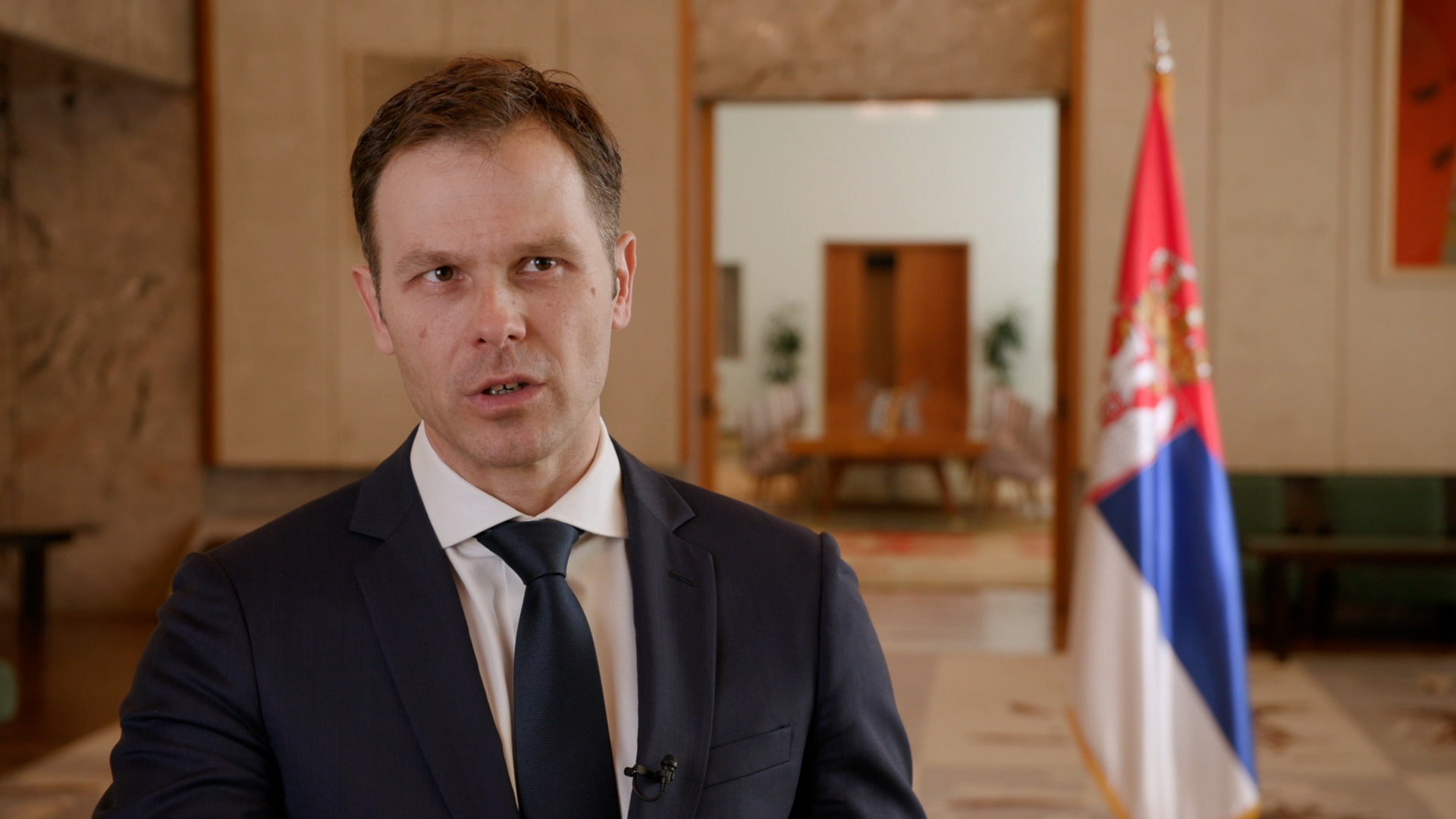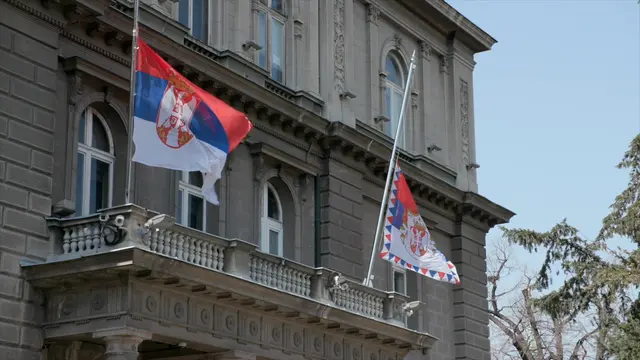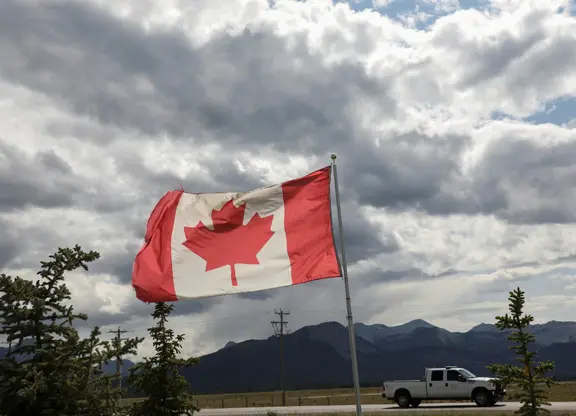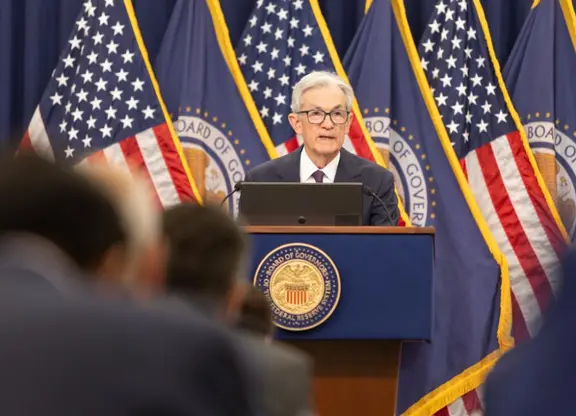Experts across the globe estimate that, because of the COVID-19 pandemic, we are heading towards the worst economic crisis since the 1929 Great Depression.
In the midst of the outbreak, some countries are already beginning to feel the economic impact of the pandemic. Millions of jobs are lost around the world, major companies are on the verge of collapse, oil prices have plummeted and hundreds of millions are facing famine.
But some countries are going to feel less of an impact than others, such as small Balkans nations. According to the International Monetary Fund (IMF), Serbia will have the smallest GDP decline in Europe – only about 3 percent. And yet, the impact of the coronavirus on the country's fragile economic growth could be much more devastating than estimates predict.
In Serbia, the economy started picking up a good pace only in the past few years, with a surge in foreign direct investment – mostly from China. Since the state of emergency was introduced on 15 March and the nationwide police curfew was introduced, in just four weeks 6,290 businesses were closed across the country, a significant number for such a small nation.
To keep at least part of the economy afloat, the government has decided to ease restrictions on farmers. In northern Serbia, the country's agricultural heartland, farmers are working hard to feed the population.
Vasa Džigurski owns a farm close to the town of Bečej, 100 kilometers north-east from the capital Belgrade. Vasa is one of the more prominent farmers in this part of the country. Every day, he delivers thousands of liters of milk to the major dairy company in the country, and so far he hasn't felt the economic impact of the lockdown.
"This situation doesn't affect the dairy production, because this is the process that lasts for 365 days," he says. "Food, organization, and the system, everything is prepared in advance for 365 days. But if this is prolonged, it can affect the future."
Other industries throughout Serbia have suffered more as a result of the lockdown. To try to support the national economy, the government drafted a string of economic measures as part of a rescue package that should help the recovery of the most affected businesses.

Serbia's finance minister Siniša Mali announced a $5.5bn aid package. /AP
"The amount of the package is 5.1 billion euros [$5.5 billion], which is approximately 11 percent of our GDP," said Serbia's finance minister, Siniša Mali. "Only a few countries in the world, including China, Australia, the UK, France, I think, and the U.S. as well, have such an immense package, which amounts to more than 10 percent of their countries' GDP. It's approximately half of our annual budget."
As part of the government's rescue package, every small- and medium-sized company in the country should receive financial help to maintain its workers. And in order to boost spending, every adult citizen should receive $110 in local currency equivalent. Although the opposition claims the measures are politically motivated since parliamentary elections are in sight, the government's plan has been widely accepted positively and seen as likely to prevent a far worse scenario for Serbia.
 简体中文
简体中文




